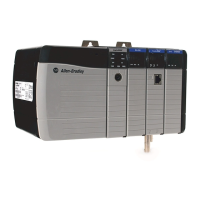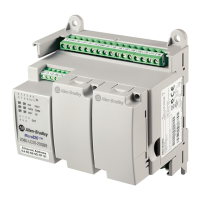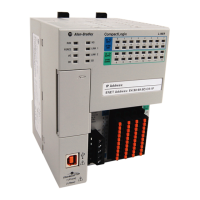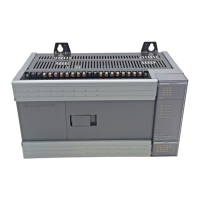Process Control Instructions
Rockwell Automation Publication 1756-RM006K-EN-P - November 2018 81
PIDE term: Description:
Kp Proportional gain
K
I
Integral gain in min
-1
a larger value of K
I
causes a faster integral response.
K
D
Derivative gain in minutes
Determining Which Algorithm to Use
The PIDE equations above are representative of the algorithms used by the PIDE
instruction. You can substitute the change in error values for the change in PV (in
percent of span) for the proportional and derivative terms by manipulating the
parameters PVEProportional and PVEDerivative. By default, the PIDE
instruction uses the change in error for the proportional term and the change in
PV for the derivative term. This eliminates large derivative spikes on changes in
setpoint.
You can convert the gains used between the different PIDE algorithm forms using
these equations:
Each algorithm provides identical control with the appropriate gains. Some people
prefer the independent gains style because they can manipulate individual gains
without affecting the other terms. Others prefer the dependent gains style because
they can, at least to a certain extent, change just the controller gain and cause an
overall change in the aggressiveness of the PID loop without changing each gain
separately.
Monitoring the PIDE Instruction
There is an operator faceplate available for the PIDE instruction.

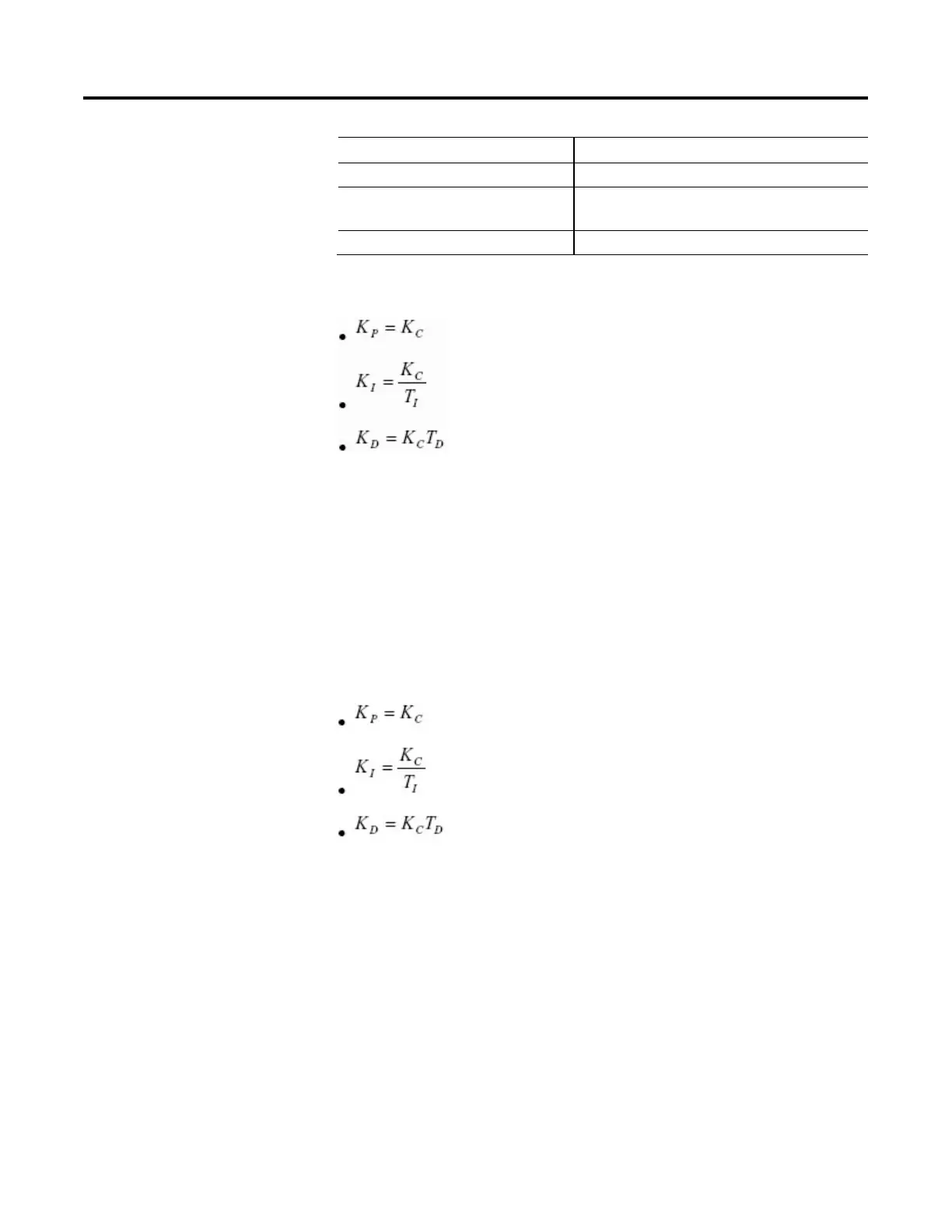